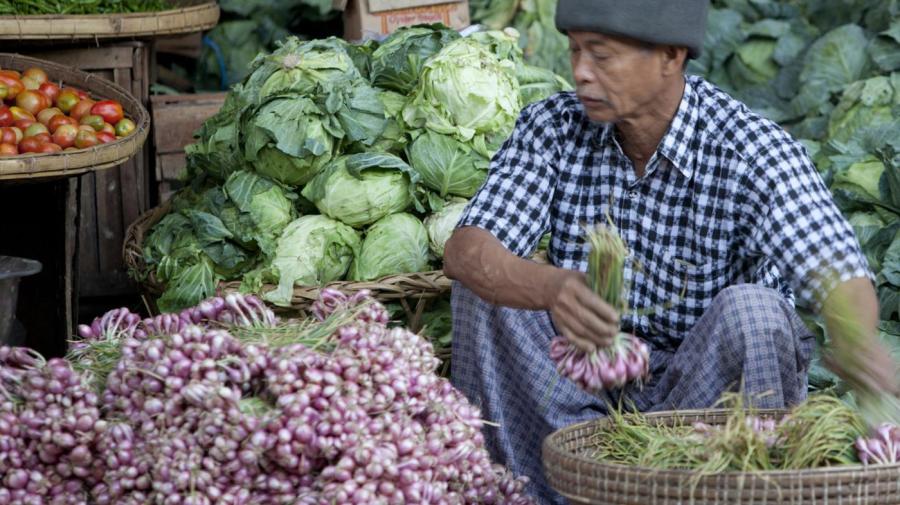What Are Characteristics of a Traditional Economy?

A traditional economy is an economic system where customs, traditions and beliefs determine the goods and services created by the society. It is dependent on agriculture, hunting and gathering, fishing or any combination of the above. Also called a subsistence economy, it may involve use of barter trade instead of currency.
A traditional economy is usually underdeveloped with minimal economic growth. It is often dominant in rural and farm-based countries. Limited surplus is produced, and excess goods are usually given to the ruling authority or landowner.
Typical examples of traditional economies are the Inuit or those of the South India tea plantations. This type of economic system is considered “primitive” or “undeveloped,” having technologies or tools perceived as outdated. People living in such an economy are regarded as living in poverty, even if their daily needs are satisfied. However, traditional economies are usually less environmentally destructive than sophisticated ones may be.
Traditional economies are popular in emerging markets or developing world countries. For instance, they can be found in parts of Africa, Asia, the Middle East and Latin America. Some forms of traditional economies, however, are present virtually all over the world. Traditional economic systems are expected to eventually evolve into a mixed, market or command economies.





